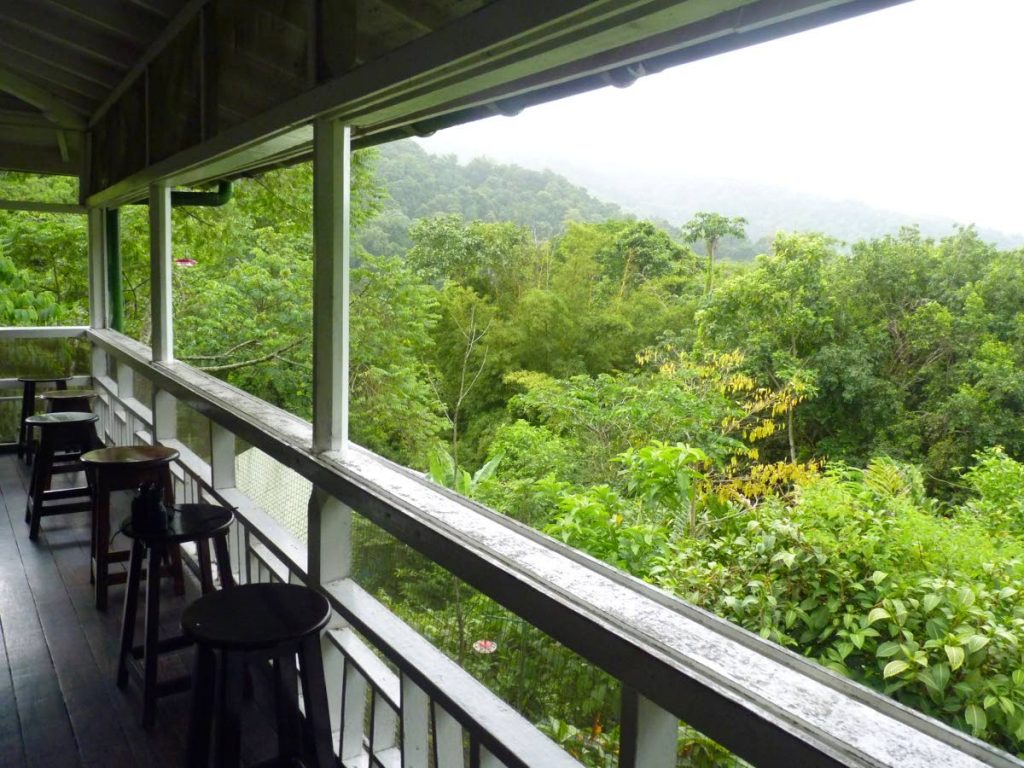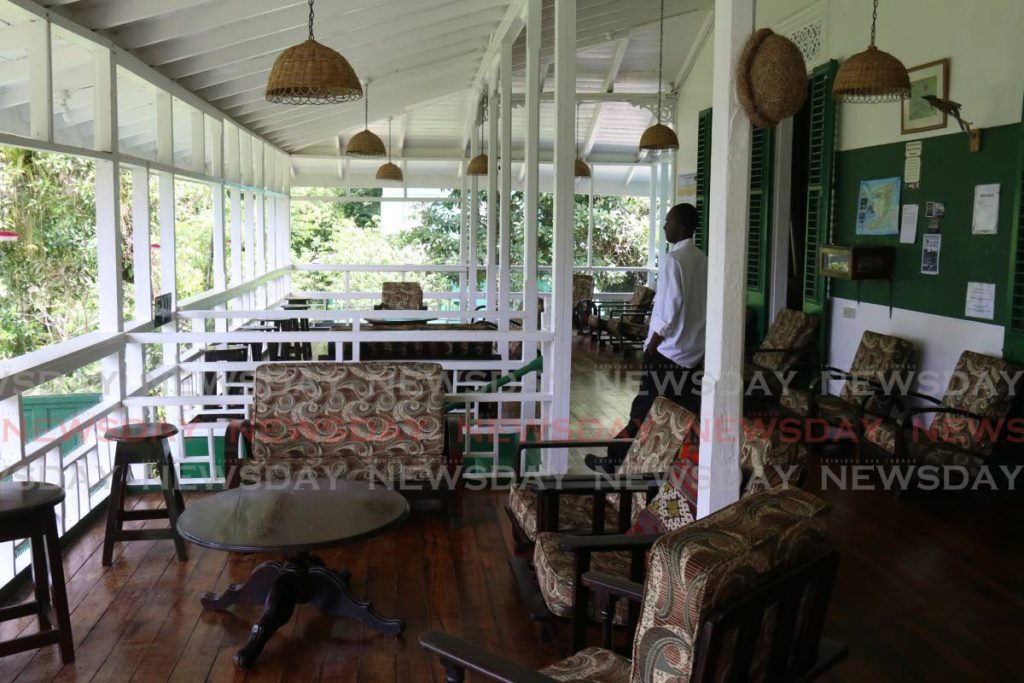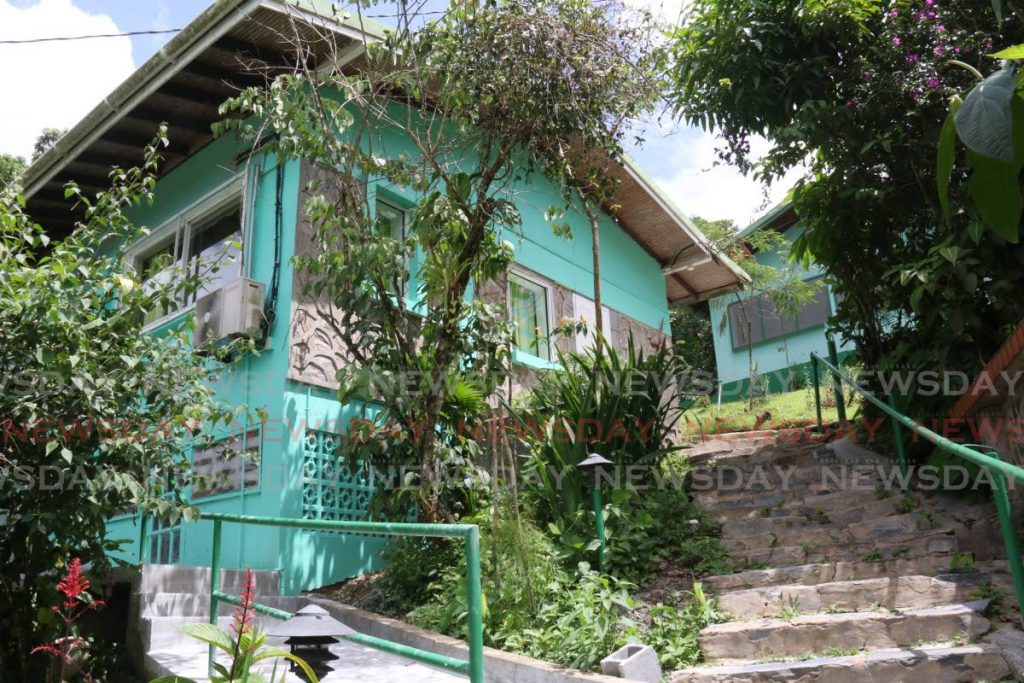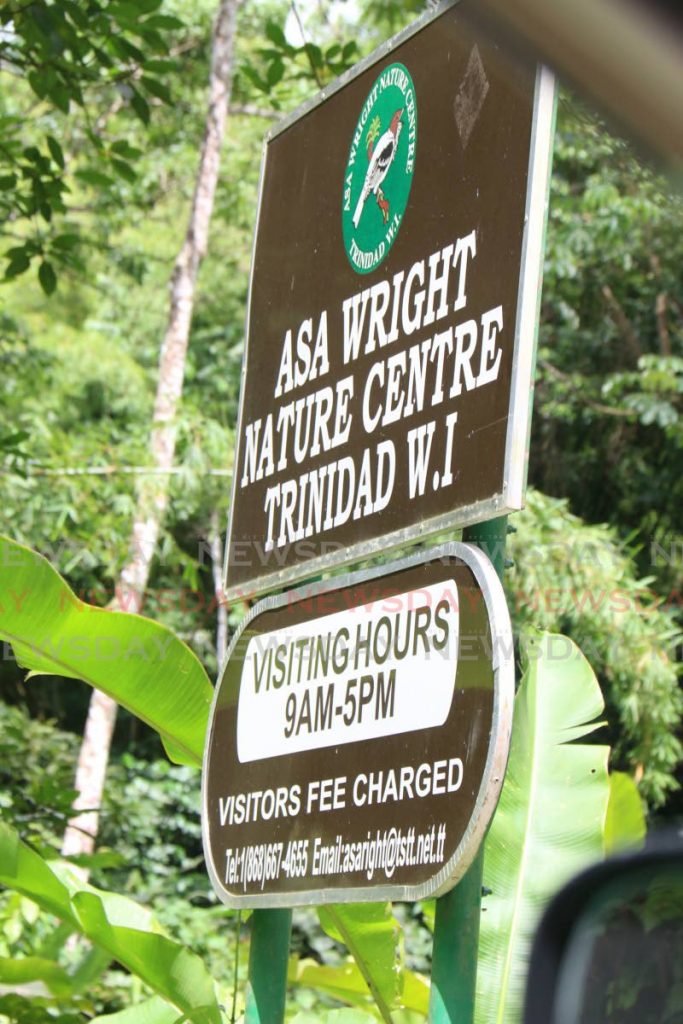Asa Wright Centre – a crucial natural resource

The Asa Wright Nature Centre lies at the opposite end of what is traditionally considered a natural resource in TT.
There are no heavy trucks belching diesel fumes, no oil-stained earth, just a stillness that seems to reach into prehistory and the calming music of the birds that are its star attraction.
From its very beginnings, the centre was envisioned as a refuge.
According to the centre’s historical profile, Joseph and Helen Bruce-Holmes bought Spring Hill Plantation from the government and renovated the plantation house. Mr Bruce-Holmes was keen to explore the oilbirds in Dunston Cave on the site.
The cave would become a site for scientific study after the property was bought by Newcombe and Asa Wright. Mrs Wright became an innkeeper to curious visitors around the world.
By 1967, the ageing owners of Spring Hill and the adjoining Simla Field Station couldn’t maintain the properties. Both were acquired by a nonprofit trust helmed by ornithologists, artists and conservationists with the goal of preserving the space for study and exploration as a tropical research facility. Mrs Wright who outlived her husband by decades, lived there until her death in 1971.

Now the 1,500-acre centre, one of the most biodiverse protected areas in the region, home to more than 170 bird species and a focus for biologists, is faltering in the face of covid19 restrictions.
The property, nestled in the Arima valley, has been shuttered for months, with no revenue to support the 46 members of staff who keep the property viable. Some are still volunteering to do the work necessary to maintain it.
The trust that manages the nature centre is working to raise US$50,000, which it says will be matched by an anonymous patron.
The fundraising continues, with contributions from individuals as well as corporations, while foreign board members have been busy seeking donations.
There has been no input or support from the government of TT, to date, surprisingly, given that the centre reports that since 2003, its operations have generated around $100 million, much of it foreign currency from international visitors more interested in the flutter of wings than the crunch of beach sand.
The Asa Wright Nature Centre is a core asset in any claim that this country, and especially Trinidad, hopes to stake as an ecotourism attraction. This is a site that is on the radar of every serious ornithologist and avian researcher, from the membership of the Audubon Society to the casually curious birder who discovers its bounty on YouTube.

There will be no easy recovery for the centre in the face of the pandemic, in terms of maintaining its buildings and facilities and retaining or bringing back the staff. But the natural bounty with which it is blessed remains for now.
Support for this long-established and world-famous nature preserve should be a priority concern for the Tourism Ministry.



Comments
"Asa Wright Centre – a crucial natural resource"